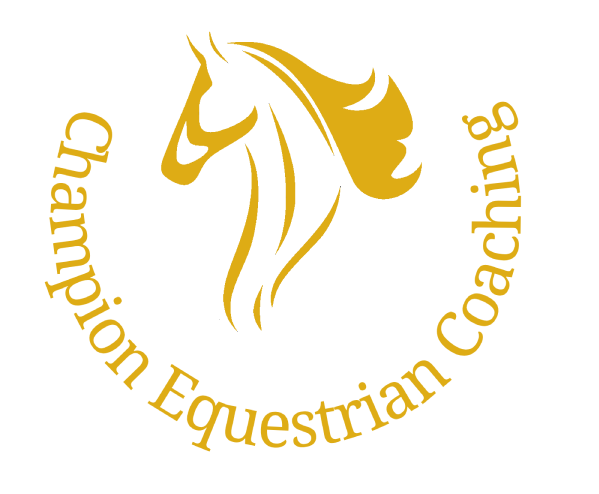No Stirrup November is a popular equestrian challenge which most riders will have done (to an extent, at some point) which encourages riders to spend a month riding without stirrups. While it’s true that this can be a great way to help improve your core strength, balance, and overall seat, it’s important to also consider your own safety, as well as the comfort and wellbeing of your horse.
Rider benefits of No Stirrup November:
- Improved core strength: Riding without stirrups requires you to effectively engage your core muscles to maintain your balance. The improved strength through the abdomen, back and pelvis can help to improve your overall riding through greater stability and a more secure position.
- Better balance: Riding without stirrups helps you develop a better sense of balance helping you to carry yourself as well as to learn to move with the horse due to a better feel of the horse’s movements and footfalls.
- Improved seat: Riding without stirrups can help you develop a more independent seat – particularly if you include schooling movements such as circles, bends and transitions – as the combination of core, balance and the ‘forced’ correct use of legs all layer up to rider improvement as you’re not relying on stirrups to keep you in the saddle.
Potential drawbacks of No Stirrup November:
- Injury: Riding without stirrups can be physically demanding, and it’s important to be aware of the risk of injury such as muscle strain, or even the chance of a tumble if you try to proceed too quickly.
- Frustration: Riding without stirrups can be frustrating, especially if you’re not used to it, as it can be mentally challenging and you may also find you can’t ride for as long without your stirrups as you can with them. If you do feel frustrated, it’s important to be patient and forgiving of yourself as, with time, you will see results.
- Discomfort: Riding without stirrups can be uncomfortable, especially at first. Take a little time to ensure you’re sitting correctly – if you’re not sure of the feel, ask someone to photograph or film you so you can see what to adjust – and build up gradually. It’s important to listen to your body and take breaks when you need them.
Be aware of your horse’s comfort:
Remember that your horse is carrying you, so it’s important to be aware of how your riding affects them. If you’re new to riding without stirrups, your seat and balance might not be as secure as they are with stirrups. This can make your horse work harder to carry you, which can be uncomfortable for them.
Pay attention to your horse’s attitude and movements. If you notice that they seem tense or uncomfortable, take a break and focus on improving your own balance and seat.
Here are some specific things to look for:
- Your horse’s head and neck: If your horse’s head and neck are tense or raised, they may be uncomfortable.
- Your horse’s back: If your horse’s back is hollow or tense, they may be uncomfortable.
- Your horse’s ears: If your horse’s ears are pinned back, they may be uncomfortable.
If you notice any of these signs, change what you’re doing. You could take back your stirrups, or continue no stirrups work in walk, or you could dismount and do some in-hand work instead. Ensuring your horse remains comfortable and calm is the important thing, and you don’t want your horse to become sour.
How to proceed effectively:
- Start slowly: Don’t try to ride without stirrups for the entire month of November. Start by riding without stirrups for a few minutes at a time, maybe towards the end of the session as you and your horse cool down, and gradually increase the amount of time you spend riding without stirrups as you get stronger.
- Warm up properly: It’s important to warm up properly before you start riding without stirrups. This will help you avoid injury. There are lots of rider exercises to be found online, but the classics include arm circles (always moving backwards to avoid encouraging the shoulder forward) and leg stretches to open up your hips and lengthen your leg.
- Listen to your body: If you’re experiencing any pain, stop riding and rest. Don’t push yourself too hard, or you could injure yourself.
- Have fun: No Stirrup November should be a fun challenge. Don’t get too discouraged if you don’t see results immediately. Just keep practicing, and you’ll eventually get the hang of it.
No Stirrup November can be a great way to improve your riding, but do remember that it’s a skill that times time and practice to develop. Be patient with yourself and your horse and build up gradually. If you’re not sure whether No Stirrup November is right for you, talk to me and I can help you create a plan to proceed safely and comfortably.

